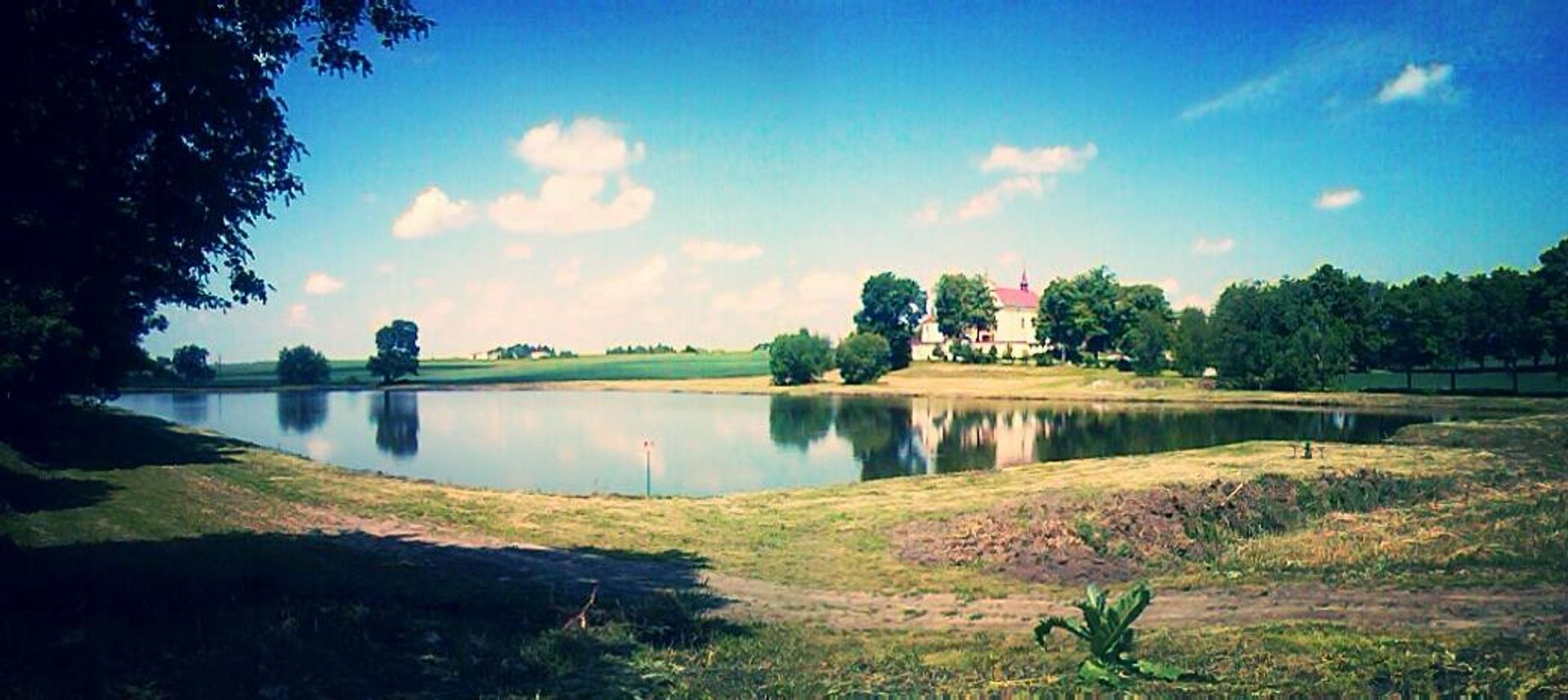Nowosiółki
6.71

Overview
Nowosiółki, also known as Pokropiwne, is a village located in the Lublin Voivodeship, within the Telatyn commune, with a rich history dating back to its first mention in 1472. The Kmiczynka River flows through the village, and it covers an area of 11.62 km². Modern-day Nowosiółki serves as an important center for the local community, with the Roman Catholic Parish of the Transfiguration of Jesus as the focal point of religious life. The village's architecture includes a historic church built by Ludwik Rastawiecki in the Baroque-Classicist style, featuring distinctive elements of painted illusion inside. The chapel, which also functioned as an Orthodox church, was constructed in the early 19th century, representing a significant part of the region's cultural heritage. Over the centuries, the village changed hands among families such as the Lipskis, Rastawieckis, and Młodeckis, and its history is intertwined with political events like the partitions of Poland. Interestingly, Nowosiółki was part of the Bełz Land, and its administrative status shifted from Austrian to Russian rule during the partitions. During World War II, the village suffered when, on April 9, 1944, UPA units burned it down, impacting the lives of the local community. Today, the "Moje Nowosiółki" Association operates in Nowosiółki, promoting national traditions and local culture. Additionally, the village has an active Volunteer Fire Department, established in 1951, which plays a vital role in protecting the community. Nowosiółki preserves its cultural and historical richness, having witnessed numerous changes and events throughout its long history.
Location
2025 Wizytor | All Rights Reserved